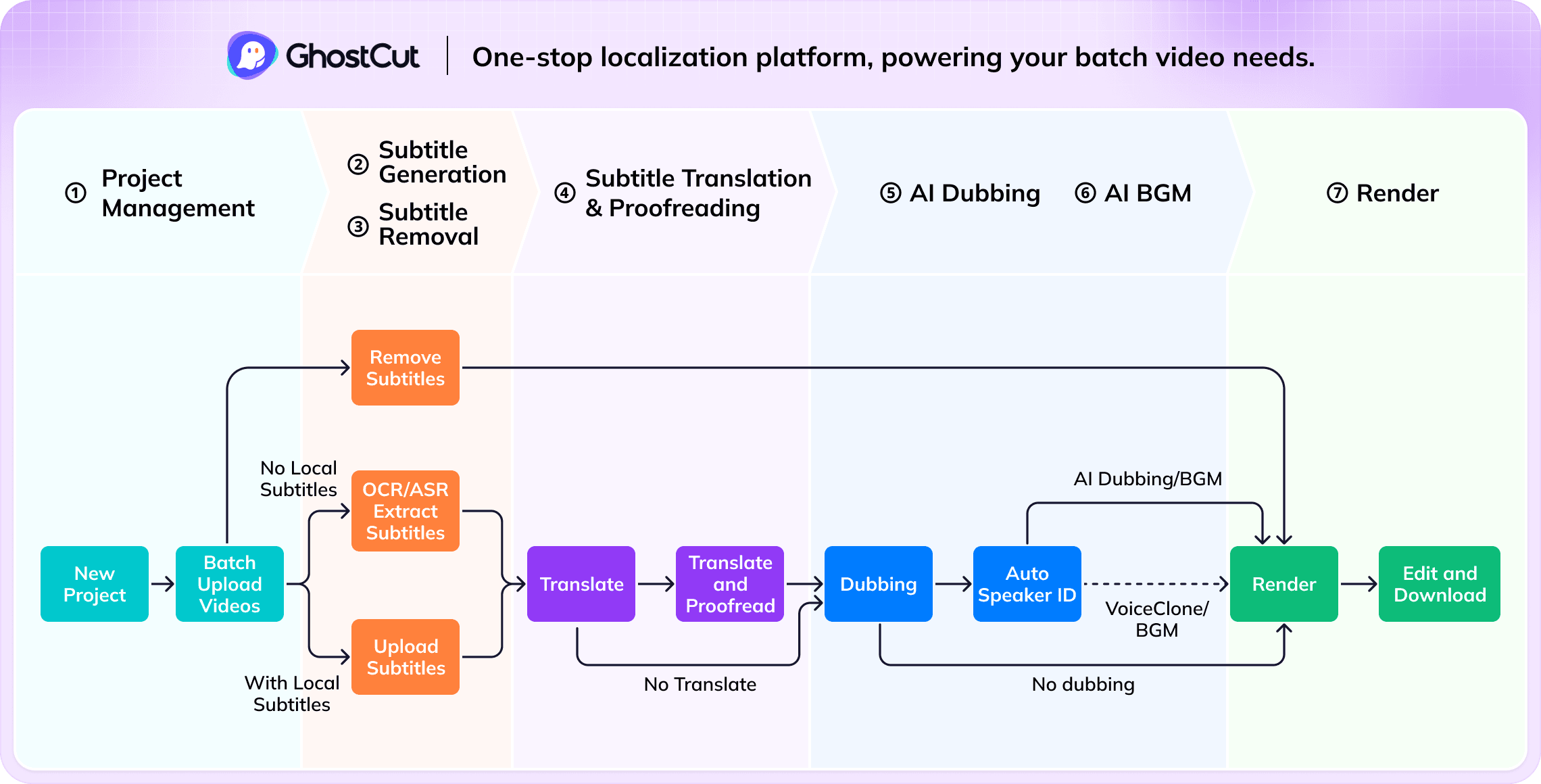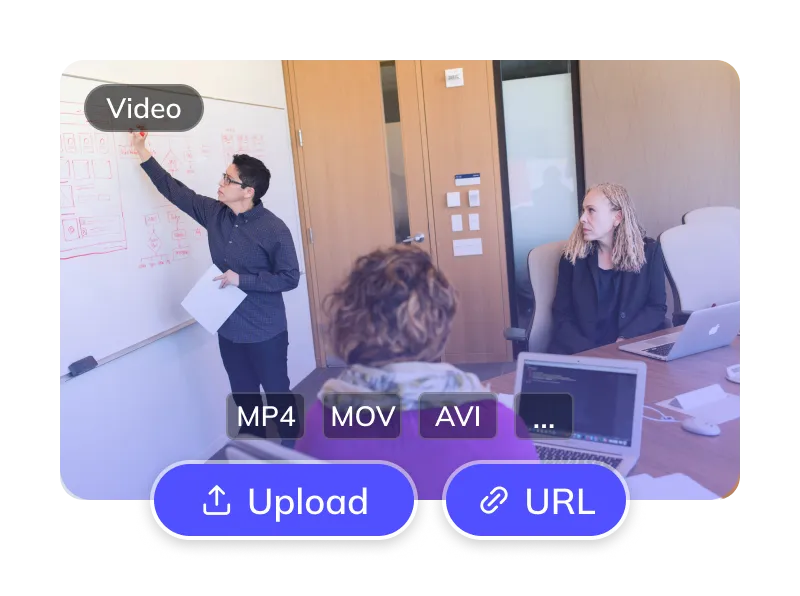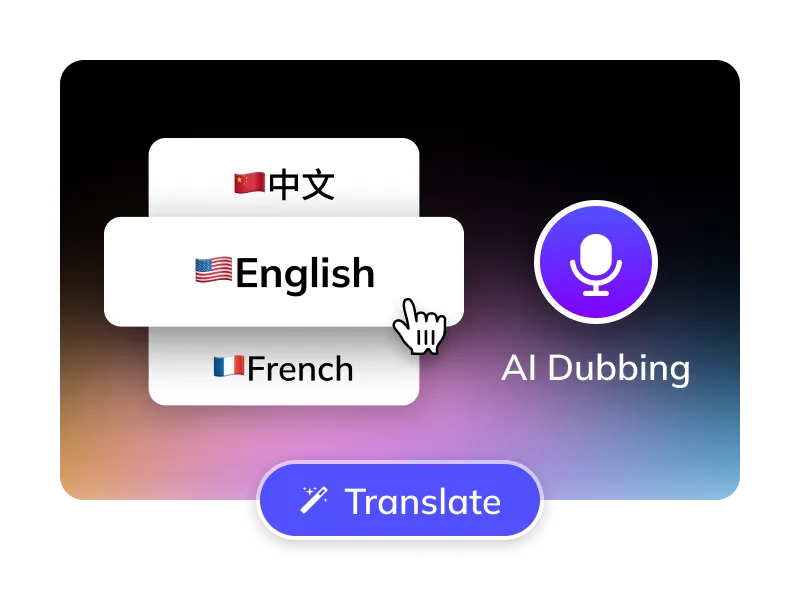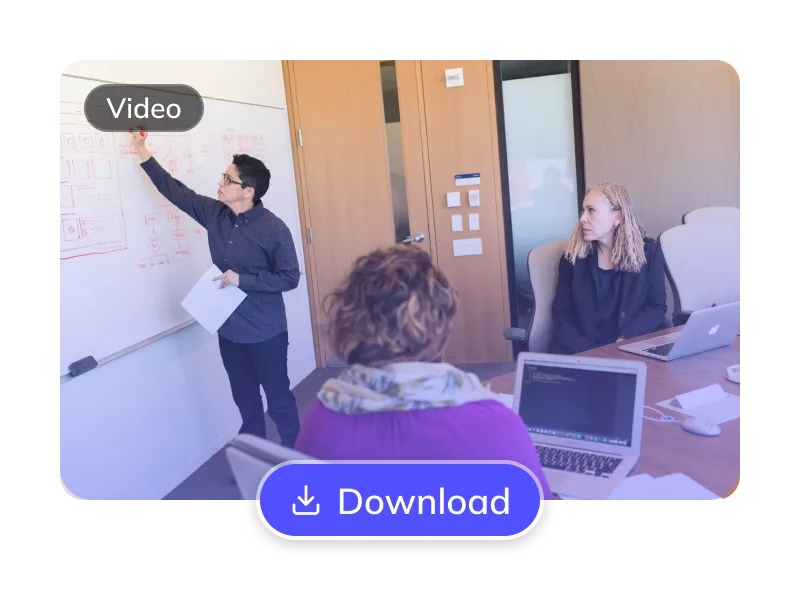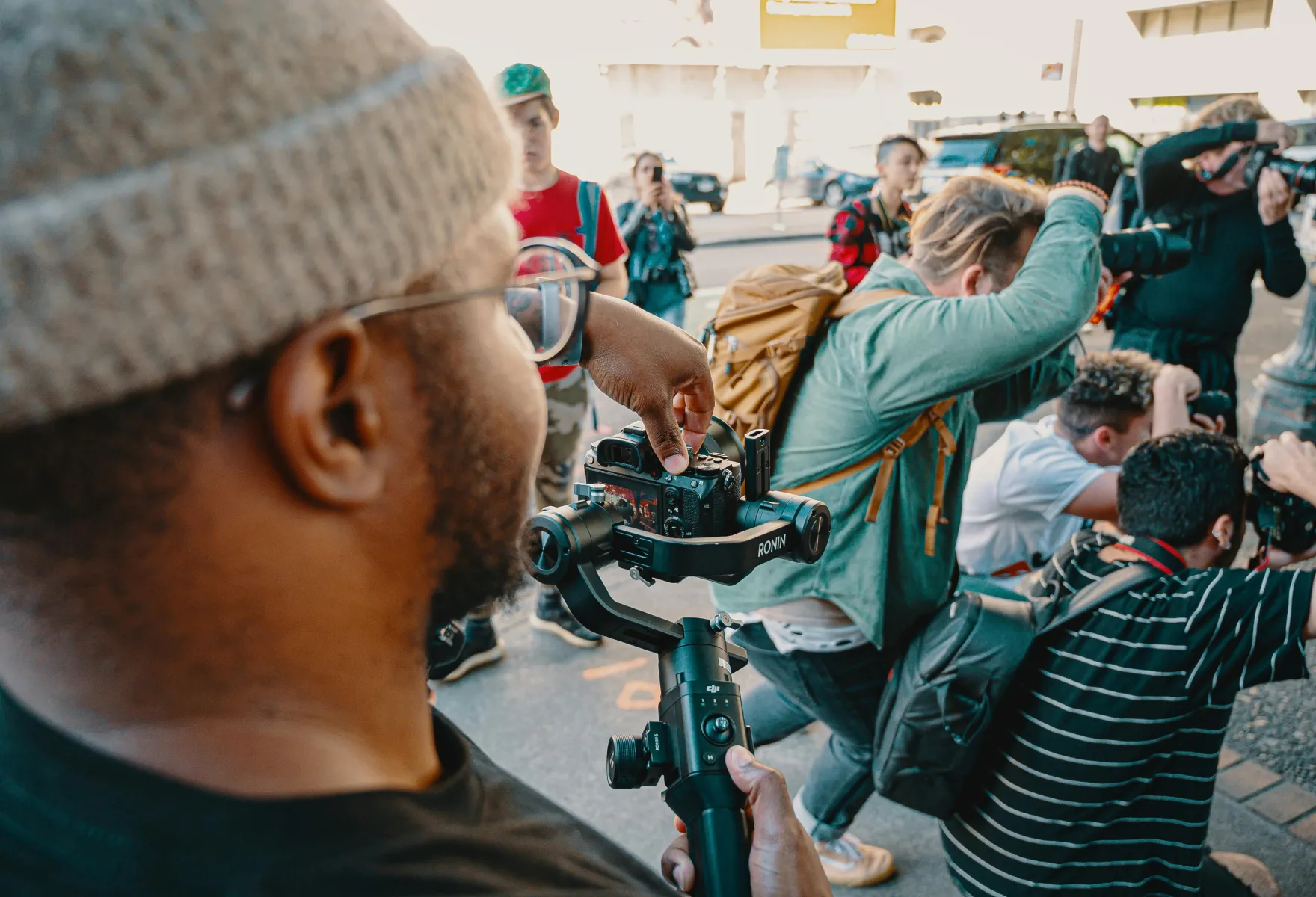How to Translate Japanese Videos to English ?
Translate Japanese Videos to Uyghur in 3 Easy Steps
Trusted by 1,500,000+ Global Creators and Businesses
Why GhostCut for Your Video Translations?
GhostCut is your all-in-one AI solution for translating Japanese content into natural, engaging Uyghur.
Effortless Project Management
Manage Japanese assets, subtitles, & Uyghur videos. Batch process projects efficiently.
Pinpoint Uyghur Accuracy
Up to 99.5% accurate. Optimized for Japanese-to-Uyghur with LLM calibration & multi-agent review for culturally fluent Uyghur translations.
Lifelike Uyghur AI Dubbing
Choose from diverse, human-like Uyghur AI voices (US/UK accents). Emotion-cloning technology captures original tone for natural Uyghur delivery.
Flexible Japanese Subtitle Options
Optionally erase original Japanese hardsubs for a clean slate. Translate embedded Japanese subtitles directly.
Smart Multi-Speaker ID (Japanese)
AI detects multiple speakers in Japanese videos. Assign or clone distinct Uyghur voices per character, with cross-episode consistency for complex Uyghur dubs (dramas, interviews).
Efficient Batch Processing & API
Batch translate and dub 100s of Japanese videos to Uyghur at once. Seamlessly integrate with our robust API.
Versatile BGM Control
Keep or mute original BGM. Our unique tech can also isolate sound effects, meeting diverse copyright and distribution needs.
Unbeatable Value
Flexible Japanese-to-Uyghur plans. Try core features free. Automated pro service from just $0.1/minute.
Easy Online Access
No downloads. Instantly translate Japanese videos to Uyghur online. Works on Windows, Mac, & major mobile browsers for cloud processing anywhere.
The GhostCut Edge: Unmatched Accuracy, Speed, and Value.
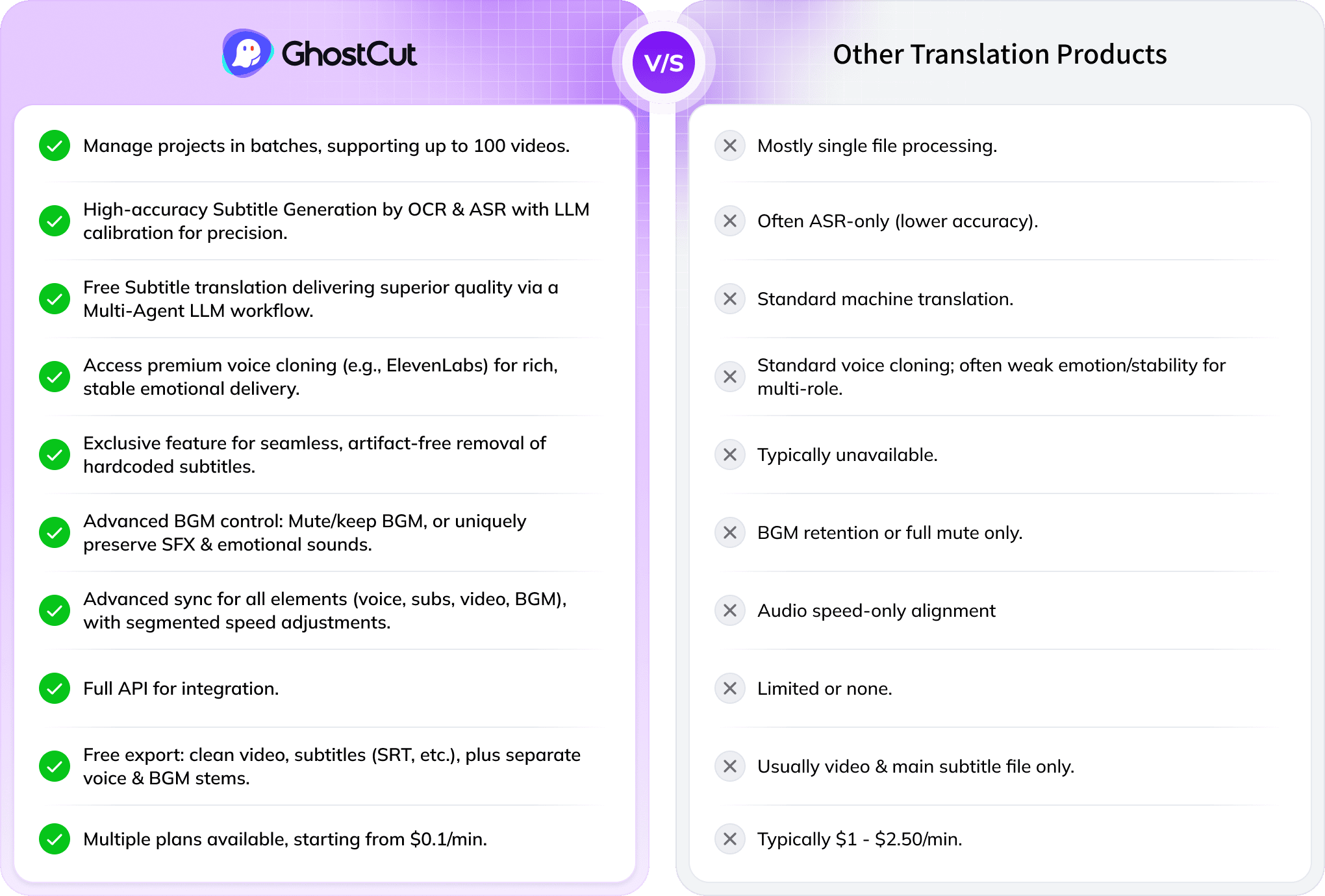
Every Algorithmic Optimization, Engineered for Quality Uyghur Video
Mastering Long-Form Japanese Drama & Multi-Character Dubbing
Translating a 100-minute Japanese drama with 4000+ lines and many characters into Uyghur is tough. Standard AI struggles to tell speakers apart, causing errors. GhostCut’s multi-modal AI (video, voice, text) excels in long-form, multi-speaker content, ensuring accurate, consistent character voices across entire series.
Translate Now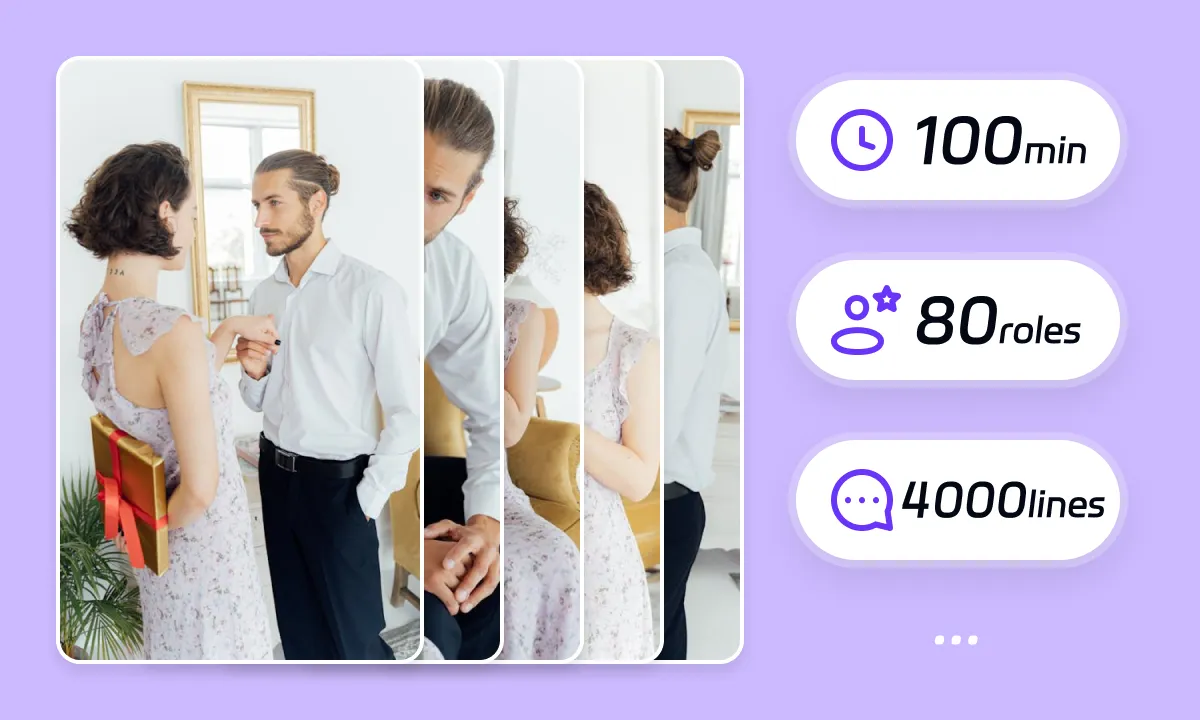
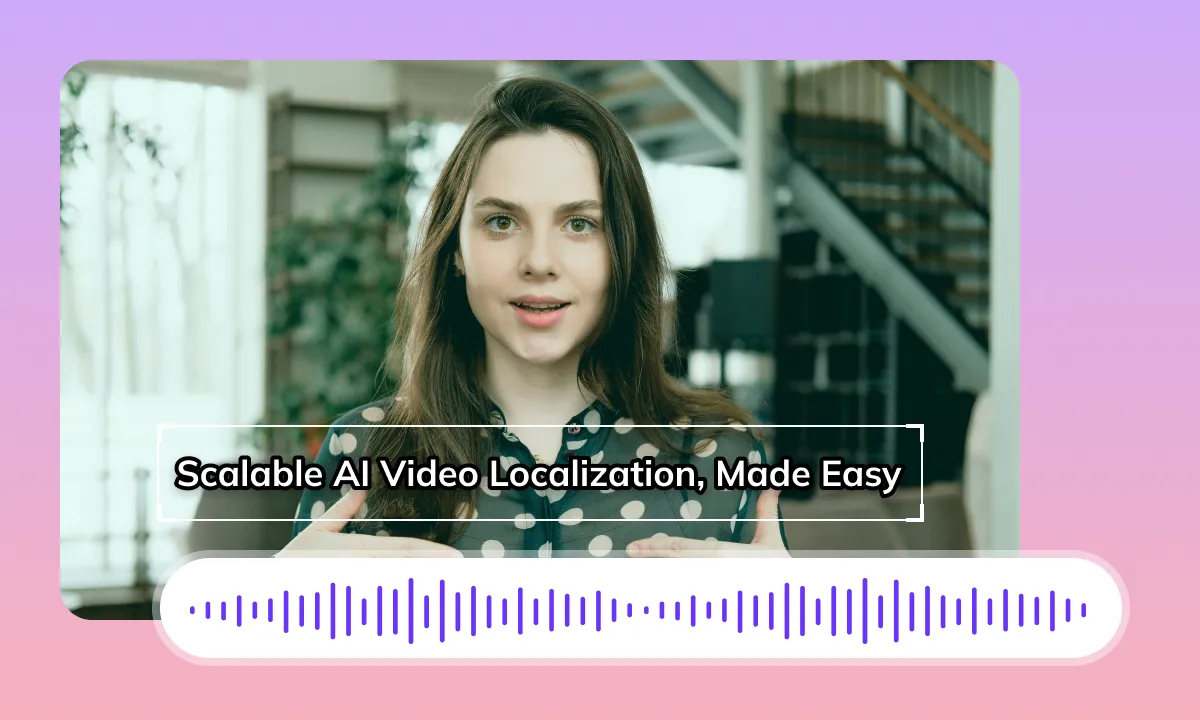
Seamless Uyghur Dubbing & Perfect Lip-Sync
GhostCut ensures natural Uyghur audio flow by treating related subtitles as whole ideas for TTS. It then precisely times new Uyghur subtitles. Since Japanese-to-Uyghur translation can change speech length, our AI expertly adjusts the new Uyghur audio, subtitles, video, and BGM to maintain perfect sync, just like a seasoned editor.
Translate NowBoost ROI with Flawless Japanese Subtitle Removal
Original Japanese hardsubs can limit your video's global appeal. GhostCut’s AI doesn't just blur; it intelligently reconstructs the background obscured by Japanese subtitles, even complex ones, for a perfectly clean, high-quality visual. This means better viewer engagement, longer watch times, and higher ROI.
Translate Now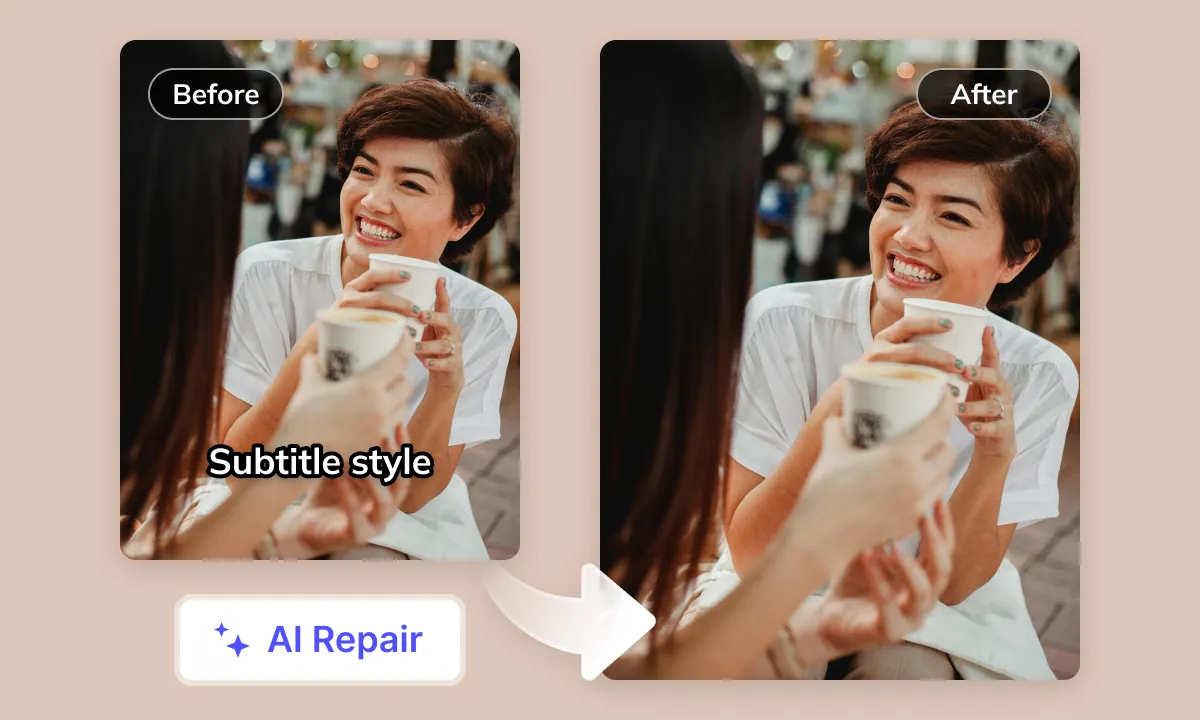
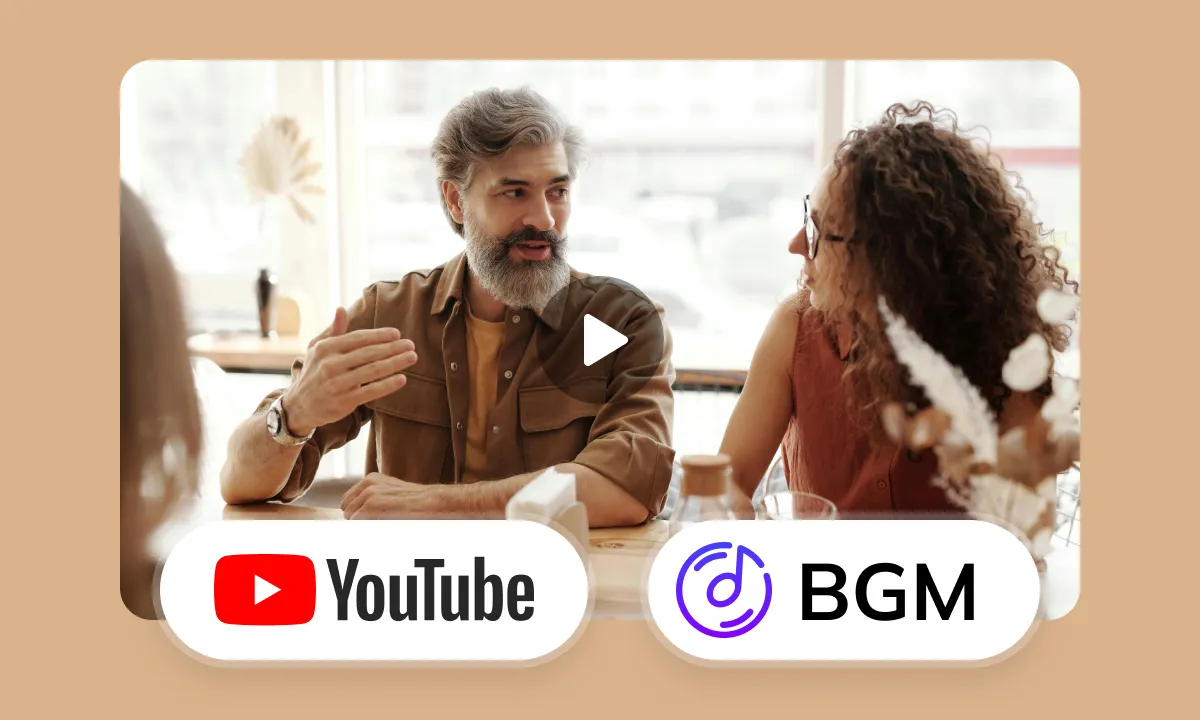
Smart Audio Control for YouTube Creators
Navigating BGM copyright on YouTube is tricky. GhostCut’s advanced audio separation isolates Japanese dialogue for translation, while intelligently managing BGM, sound effects, and even emotional expressions. Our "Keep SFX, Remove Music" option is a creator favorite for avoiding copyright issues without losing your video’s impact.
Translate NowYour Japanese Videos Deserve Norwegian Viewers
Language barriers prevent quality Japanese videos like anime, travel, and culture from reaching many Norwegian viewers on platforms like YouTubeTikTok. The lack of good Japanese-to-Norwegian translationdubbing makes understanding difficult for Norwegians, significantly reducing viewing pleasure, interaction, and reach. There's an urgent market need for a professional, efficient AI Japanese-to-Norwegian video translation and dubbing solution
Japanese to Norwegian Video Translation: Challenges and Key Considerations
Hardcoded Subtitles Original Audio Obstacles
Videos often come with hardcoded Japanese subtitles and original audio tracks. Without professional adaptation for a Norwegian audience, these elements significantly hinder comprehension and viewing experience. Japan's unique writing systems (Kanji, Kana) contrast sharply with the Latin alphabet used in Norwegian
Grammar, Culture, and Vocabulary Gap
Japanese, an agglutinative language with complex honorifics, unique word order, and deep cultural nuances embedded in its vocabulary, differs vastly from Norwegian, an Indo-European language. Direct translation risks losing the original essence and causing severe misunderstandings. The core challenge lies in accurately conveying the original meaning while bridging these fundamentally different cultures and linguistic structures
Japanese vs. Norwegian Subtitle Characteristics
Japanese often mixes multiple scripts, resulting in high information density and a compact visual style. Norwegian, using the Latin alphabet, typically requires more characters to express the same concept, leading to longer subtitle lines. When translating Japanese subtitles to Norwegian, re-evaluating layout, line breaks, and character count per line is crucial to ensure clarity, readability, and minimal obstruction of the visual content
Speech Rate Synchronization Issues
Japanese sentence structures and expressions can be highly information-dense, often resulting in a faster perceived speech rate. Norwegian, due to its grammatical structure, may require more time to convey the same content, significantly increasing the difficulty of audio-visual synchronization
Japanese AI Recognition Difficulties
The prevalence of homophones, complex accents in Japanese, coupled with background noise or multi-speaker conversations, significantly reduces the accuracy of existing AI speech recognition technologies, creating obstacles for subsequent translation and dubbing processes
Scarcity of Quality Norwegian AI Voices
While various AI-synthesized voices are available, AI voices that are natural, emotionally rich, and cover major Norwegian dialects (e.g., Bokm?lNynorsk) remain very limited, making it difficult to meet high-quality dubbing requirements
Lip-Sync Technology Barriers
Japanese and Norwegian exhibit significant differences in the use of vocal organs and lip movements. Achieving a visually consistent lip-sync with the original Japanese speaker's mouth movements when dubbing into Norwegian is technically demanding and represents a significant challenge in video localization
Ideal AI Video Translation Workflow
An ideal AI video translation process should achieve: high-accuracy Japanese speech recognition - natural and idiomatic Norwegian translation (fully considering linguistic and cultural differences) - high-quality Norwegian AI dubbing (striving for lip-sync) - automated intelligent alignment and editing of audio, video, and subtitles
Tackling Video Translation Challenges with AI Empowering your Japanese content for any worldwide scenario.
Your All-in-One AI Translation Studio
GhostCut offers more than just Japanese-to-Uyghur translation. It's a complete AI-powered workflow: subtitle extraction 、 removal 、 translation and proofreading to multi-character dubbing , BGM processing, and final rendering. Go from Japanese source to global-ready videos, effortlessly.
